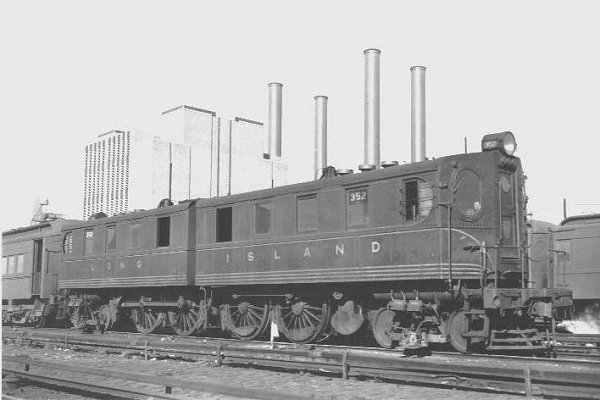Electrification also extended from LIC yard to just east of Greenpoinrt Avenue, until 1951, when it was removed.
DD1 at LIC:

Dave
DD1 at LIC:

Dave
Railroad Forums
Moderator: Liquidcamphor

Dave Keller wrote:Montauk parlor car trains always traveled eastbound with the parlor at the head end.Dave -
This was a railroad "tradition" where a consist was put together based upon class: 1st class cars came before 2nd class, etc.
The parlor cars were an "extra-fare" service, so they were placed ahead of the regular coaches.
When the Montauk parlor trains returned westbound, the engine was run around the train or turned on the wye, but the parlor remained in it's original spot and became the rear car.
The only exception to this rule was the open-end observation cars. They would be turned on the wye along with the locomotive because they were ALWAYS at the rear of the train.
This shot would be an eastbound one.
Dave